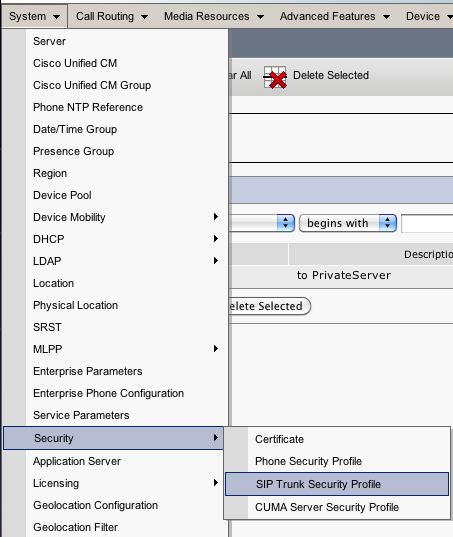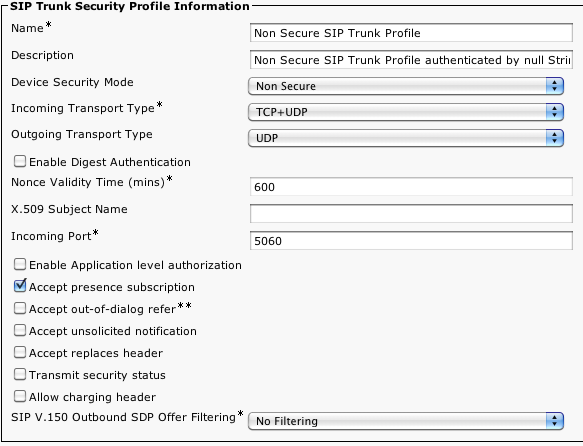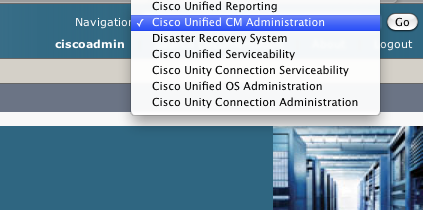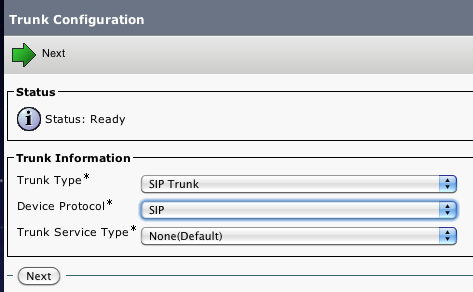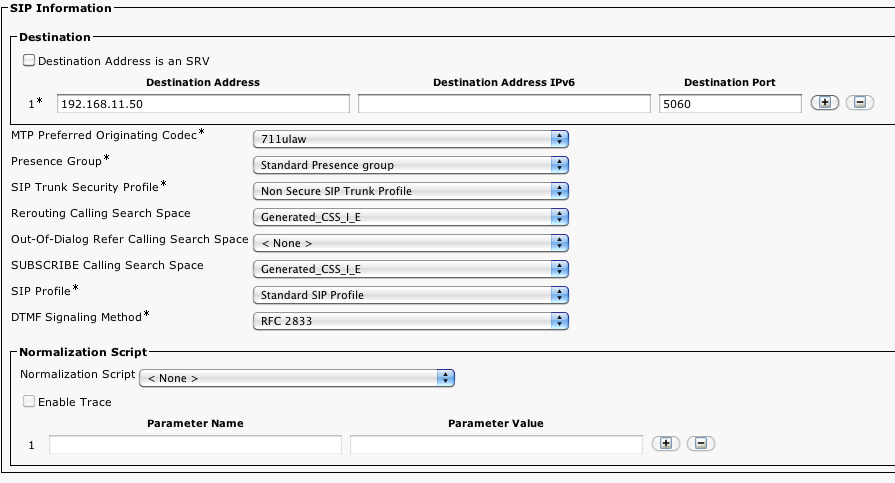As the CUCMBE is prone to a wide range of configurations and network VoIP setup, we will explain to you the basic configuration and let the CUCMBE managers work out how to integrate it in their own environment. It's out of the scope of the present documentation to teach you how to manage a CUCMBE.
1.1 Prerequisites
Of course you need the CUCMBE appliance, which may come both in VMWare virtualization fashion or in real steel installed one. In either cases we assume that:
basic services are activated (see the fig. X). Beware: the Cisco IP Voice Media Streaming App service must be activated in order to create an MTP (Media Termination Point)
- The phones (both SCCP or SIP ones) are correctly configured and functioning
- You do have a configured Calling Search Space (CSS)
- You do have an accessible Device Pool, ready to be connected with PrivateServer
- You configured a Route Partition for making any device accessible
- Your network design let the UDP packets to stream from the PrivateServer to the CUCMBE and vice versa
1.2 Basic CUCMBE configuration
Before creating a new SIP Trunk we better define its security profile, that should be insecure.
1.2.1 SIP Security Profile
Go to System->Security->SIP Trunk Security Profile.
Make yourself sure that the Device Security Mode is set to Non Secure, that the Incoming Transport Type is TCP+UDP and that the Outgoing Tranport Type is the plain UDP.
Also check the Accept presence subscription option.
1.2.2 SIP Trunk Creation
Now we are ready to configure a new SIP Trunk. Go to the Cisco Unified CM Administration and from its GUI use the Device->Trunk menu entry to create a new one.
First select the Trunk Type to SIP Trunk and the Device Protocol to SIP, as in fig. X. The Trunk Service Type can be None.
After you press the Next button, you got a long page of configuration to deal with. We are going to give you the essential configuration parameter to make the trunk work with PrivateServer, so you can keep the default options configuration if not else stated.
You can choose your own Device Name and Description. Please set the Device Pool to the one containing the phones you actually want to put in contact with PrivateServer. Also check the Media Termination Point Required option. We also check the Retry Video Call as Audio for the possible Video phone (PrivateServer doesn't support video calls). Check the PSTN Access and the Run On All Active Unified CM Nodes. The rest of the options can stay in default values, till the SIP Information form (see fig. X), just pay attention to configure the Calling Search Space accordingly with your design where requested.
In the SIP Information form we need to tell the CUCMBE the IP address of our PrivateServer appliance and the Destination Port as well (the latest is 5060). Select the codec 711ulaw and the Non Secure SIP Trunk Profile which you should have created before (read above). Use also the Standard SIP Profile or just create a suitable one for your need and, most important, set the DTMF Signaling Method to the RFC28323. Once you're done, just Save it.

